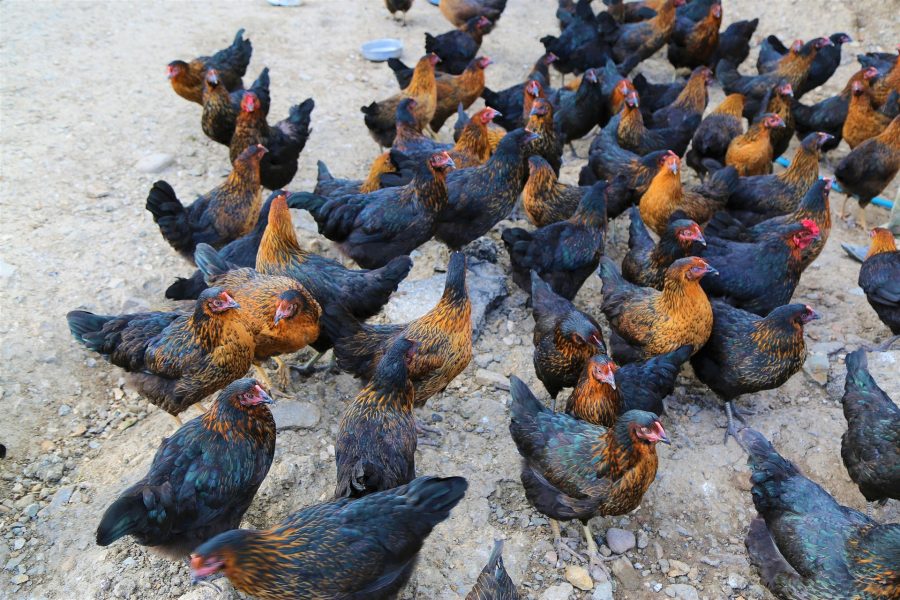Paul Donovan considers the implications of inbreeding, a widely used practice in the poultry industry.
To achieve the best egg production birds, or the standards of a breed, requires a lot of work on the part of the poultry breeder/keeper.
To achieve these results requires breeding birds. And herein lies the dilemma, as many breeders revert to what is called inbreeding. By virtue of its name, inbreeding is the mating of closely related individuals through a common ancestry. An example of this could be son to mother, daughter to father, or any other permeation. In the context of inbreeding, it should be avoided, as it can lead to genetic abnormalities; widely held examples can be seen incases where humans inbreed.
Speech impediments, facial features and other characteristics are features caused by inbreeding. While that is true for humans, if we look at the animal kingdom, inbreeding occurs on a surprisingly large scale, across a wide range of species, but we do not see many of the abnormalities as we see in humans. In fact, at least one species of parrots’ existence can be directly linked to the behaviour.
The Kākāpō is a flightless Parrot native to New Zealand, and is one of the most endangered birds in the world; just over 200 individuals survive. When scientists began investigating the genome of this parrot, they found that despite 10,000 years of inbreeding, the Kākāpō displays few harmful mutations. They concluded, that if it were not for inbreeding, theKākāpō would have followed the Dodo into extinction a long time back.
The reason why this parrot does not suffer any side effect of inbreeding, is that it eventually ‘bred them out’. Although some animals actively go out of their way to avoid inbreeding through a behaviour called ‘sexual-dispersal’, inbreeding is commonly used in many captive species to selectively breed certain traits into (in our case) poultry, to strengthen features, and keep breeds ‘pure’, or to enhance conservation.
GENETIC DIVERSITY
The genetic diversity in poultry breeds is vast. And the breeds which exist, have been bred with specific characteristics which allow them to be identified as that breed; be that size, pigmentation, wattle/comb shape, etc. These characteristics have arisen through various forms of breeding over hundreds of years, and ‘tweaking’ still continues today in order to maintain these breed characteristics.
While some practices are common place, others, such as inbreeding, are frowned upon.The difficulty with this ‘tweaking’, is that introducing new blood can run the risk of introducing slight characteristics which lower the breeds level of accomplishment. This is why inbreeding is a comparatively common practice in the poultry world.
This article extract was taken from the March 2024 edition of The Country Smallholder. To read the article in full, you can buy the issue here.
To receive regular copies of The Country Smallholder magazine featuring more articles like this, subscribe here.
For FREE updates from the world of smallholding, sign up for The Country Smallholder newsletter here.








